
We spend a lot of our waking hours in the workplace so it’s no surprise that work and personal life impact each other. It’s an issue we mustn’t ignore. Many of us have been trained or at least socialised to separate our ‘professional selves’ from our ‘personal selves’. To put on our ‘worker’ hat at work, our ‘parent’ and ‘partner’ hat at home, and our ‘volunteer’ hat at weekend sports events. We juggle the different parts of ourselves, keeping our guards up and being careful not to cross boundaries. READ “HOW MANY HATS DO YOUR WEAR?”
But can we completely separate the different parts of our lives? And should we? What are the implications, both good and bad? And how can we re-integrate ourselves when we feel like we can’t keep it all together, or when there is a major change in our work or personal lives?
The real mental health issues in the workplace
Employees, managers and business owners are all in the same boat. Where do we even begin to sort out the issues? In late 2018 Bel du Bois from Darling Downs Wellness Therapies and myself surveyed our community. The results were really interesting. 54% of people said that multiple roles and responsibilities was one of the main health and wellness concerns in their workplace. Stress, unrealistic workloads and communication difficulties also rated very highly.
The struggle to keep it all together
I know first hand what it’s like to juggle family and work responsibilities, and *try* to be calm about it all. Many of us struggle with it, yet few of us talk about it openly. We feel pressure to appear to be coping, on top of things, and to have it all together. But pretending everything’s okay doesn’t make the stress go away. Work, family, home and personal health all suffer.
Whose responsibility?
There is increasing pressure on workplaces to address mental health and wellness issues. This is great because instead of sweeping it under the carpet, we’re beginning to talk about, to acknowledge it and to manage it better.
Obviously the responsibility doesn’t sit entirely with our workplaces. We also need to address industry regulations, state and national policy, and cultural norms.
As individuals we also need to take a degree of responsibility for those things within our control – that means taking a good hard look at ourselves, our reactions in stressful situations, our attitudes, our behaviours, and the supports we choose (or don’t choose) to access.
What this means is that to improve mental health we really have to take a multi-tiered  approach. We must support workplaces and managers and business owners to create a mentally healthy culture. We need to advocate for industry reform, policy and legislation that reflects a mentally healthy culture. And we need to support individuals and groups in our community to develop inner skills and behaviours (that is, the things we can control!) that enhance mental health. Read on for some tips on how you can begin to put mentally healthy actions in place today.
approach. We must support workplaces and managers and business owners to create a mentally healthy culture. We need to advocate for industry reform, policy and legislation that reflects a mentally healthy culture. And we need to support individuals and groups in our community to develop inner skills and behaviours (that is, the things we can control!) that enhance mental health. Read on for some tips on how you can begin to put mentally healthy actions in place today.
7 ways to improve your mental health at work
1. Remember that you are a human, not a robot. Life isn’t all smooth sailing, blue skies and cheery hearts. You have thoughts and emotions. They are real. You react to the world around you. The world around you reacts to you too.
2. Find your tribe. A supportive, open, caring community around you is what we all need. If you don’t have that, take steps to create it.
3. Build your resilience – physical and mental. The best ways to begin doing this are through exercise, having active hobbies, feeding yourself nutritious food, getting good quality sleep, and developing a powerful mindset.
4. Expand your stress management skills. You can never have too many tools in your “Coping Kit”! Read books and articles on stress management. Go to workshops. Find a counsellor. Listen to podcasts. Do an online course.
5. Find constructive ways to address your workplace issues. This may mean direct communication with your employer, industry, union or association. There may also be changes you can initiate yourself that will make all the difference eg renegotiating your work hours, equipment available for you to do your job, or the length of your lunch break.
6. Make choices that nurture your mental health and physical health. Often it’s the little things that make the biggest difference, such as choosing to go for a walk at lunch time. But sometimes we need to muster up the courage to make the bigger decisions, such as changing jobs or moving locations.
7. Ask for help. If the first person doesn’t support you in the way you need, ask someone else. Keep going until you find the right person. There are so many online resources these days that you’re no longer limited to what’s available in your local area.
Ready for more?
If you relate to anything in this post, I’d love you to join me for The Wellbeing Project, a collaboration between myself and Bel du Bois from Darling Downs Wellness Therapies. We’ll be delving into these topics (and more!) in detail in our dynamic, interactive workshop “Wellness in the Workplace” to be held in Warwick on Wednesday 13th March 2019. You’ll get the latest evidence-based information and proven skills and strategies to function at your best in the workplace and in your personal life. You’ll learn techniques to build your resilience, have more energy, manage your work and home stresses, and feel healthier and happier.
Creating and facilitating workshops brings me a lot of joy. I love knowing that I’m making a difference to a room full of people instead of only one person at a time. Bel and I have thoroughly enjoyed our planning meetings at the beautiful cafes around town and we’ve got so much amazingness in store for you. This workshop is definitely not a typical ‘dry’ boring training day!
So …..
Are YOU ready to re-energise, grow your coping skills, discover strategies and techniques to use at work and home, learn ways of communicating effectively with different personalities, and discover resources and supports to guide you into the future? You can have all of this when you choose to take positive action towards better health and wellness at work by investing one day of your life in “Wellness in the Workplace”.
Read more information or make a booking for “Wellness at Work”
More workshops coming soon! Subscribe so you don’t miss out!
Discovering mountain biking as life’s ultimate parallel universe in her middle age, Kathryn Walton shares information and reflections in ‘Daisy Spoke’ that inform, inspire and empower women to a healthy and active lifestyle.

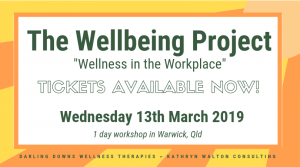

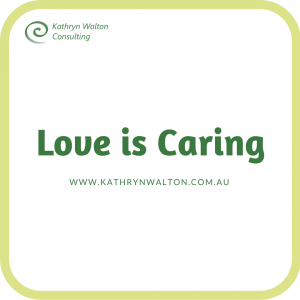
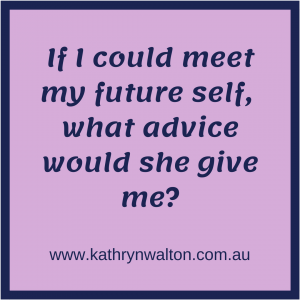
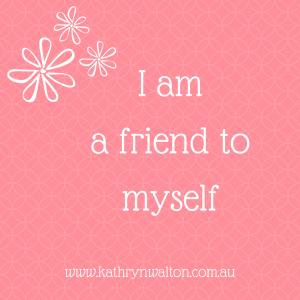 The way we think is closely related to the way we have been socialised when were younger, with the added layer of personality thrown in. So it’s no surprise that women often share certain beliefs, assumptions and thinking patterns related to self-care – it’s selfish to do something for myself; people will think I’m selfish / not coping; time and money should be spent on something or someone else who needs it more than me; I don’t have enough time or energy; I should just soldier on like everyone else does …..
The way we think is closely related to the way we have been socialised when were younger, with the added layer of personality thrown in. So it’s no surprise that women often share certain beliefs, assumptions and thinking patterns related to self-care – it’s selfish to do something for myself; people will think I’m selfish / not coping; time and money should be spent on something or someone else who needs it more than me; I don’t have enough time or energy; I should just soldier on like everyone else does …..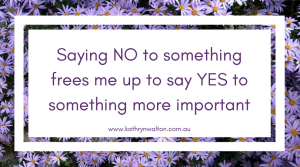


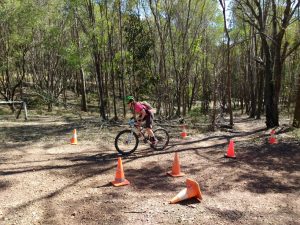 whole race. On the physical side there were the cramps and nausea right from the start, and mentally I was hypervigilant about the other riders around me and fearful that I’d mess up on the technical features. When I finished I only felt relief, and no great desire to repeat the experience. After some time to reflect I became determined not to give in, not to let this beat me, and I had a strong sense that I needed to go back to Chicks in the Sticks this year with a new goal of finding enjoyment in the process of racing.
whole race. On the physical side there were the cramps and nausea right from the start, and mentally I was hypervigilant about the other riders around me and fearful that I’d mess up on the technical features. When I finished I only felt relief, and no great desire to repeat the experience. After some time to reflect I became determined not to give in, not to let this beat me, and I had a strong sense that I needed to go back to Chicks in the Sticks this year with a new goal of finding enjoyment in the process of racing.


 On my second last lap I had a quick stop for more water and felt a bit disturbed when another rider had a nasty fall. It could have been me. It could have been any of us. I rode more mindfully after that, knowing that I was getting tired and this is when accidents are more likely to occur. On my last lap I wriggled my right toes which had been feeling numb through the race and then the cramp struck me! Repeatedly! But I kept going and was able to laugh it off without falling off! Hmmm…. I thought ….. maybe I didn’t get my nutrition and hydration quite right! But I didn’t care. I hadn’t felt nauseous at all so I knew I’d done better than last year!
On my second last lap I had a quick stop for more water and felt a bit disturbed when another rider had a nasty fall. It could have been me. It could have been any of us. I rode more mindfully after that, knowing that I was getting tired and this is when accidents are more likely to occur. On my last lap I wriggled my right toes which had been feeling numb through the race and then the cramp struck me! Repeatedly! But I kept going and was able to laugh it off without falling off! Hmmm…. I thought ….. maybe I didn’t get my nutrition and hydration quite right! But I didn’t care. I hadn’t felt nauseous at all so I knew I’d done better than last year!
 skill level which contributed to my confidence as well. And the fact that the element of FUN played a major role on the day says it all for me. If I can have fun at this thing called mountain biking, then I’m definitely dealing with those demons that hold me back in life. That’s what I call progress!
skill level which contributed to my confidence as well. And the fact that the element of FUN played a major role on the day says it all for me. If I can have fun at this thing called mountain biking, then I’m definitely dealing with those demons that hold me back in life. That’s what I call progress!
 There is growing concern for obesity and other conditions related to sedentary behaviour including chronic illness and poor mental health. Apart from the obvious burden on the nation’s economy, the real burden of poor health is lived out and carried everyday by individuals, families and communities. As a community, I believe we need to creatively explore the possibilities when it comes to getting people active, and not expect individuals to slot into the pre-existing boxes for engaging with physical activities.
There is growing concern for obesity and other conditions related to sedentary behaviour including chronic illness and poor mental health. Apart from the obvious burden on the nation’s economy, the real burden of poor health is lived out and carried everyday by individuals, families and communities. As a community, I believe we need to creatively explore the possibilities when it comes to getting people active, and not expect individuals to slot into the pre-existing boxes for engaging with physical activities. Rural and regional Australia has poorer health outcomes than its urban counterparts, so I’m really keen to make a constructive contribution to the health and wellbeing of my community on the southern Darling Downs, and to encourage women and girls to creatively construct systems and routines so they can enjoy being more active.
Rural and regional Australia has poorer health outcomes than its urban counterparts, so I’m really keen to make a constructive contribution to the health and wellbeing of my community on the southern Darling Downs, and to encourage women and girls to creatively construct systems and routines so they can enjoy being more active.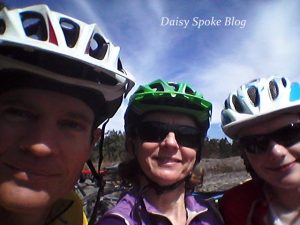 needs – not only women. Times they are a changin’ and the best time for change is now. I’d love to hear ideas from everyone regardless of gender:
needs – not only women. Times they are a changin’ and the best time for change is now. I’d love to hear ideas from everyone regardless of gender:
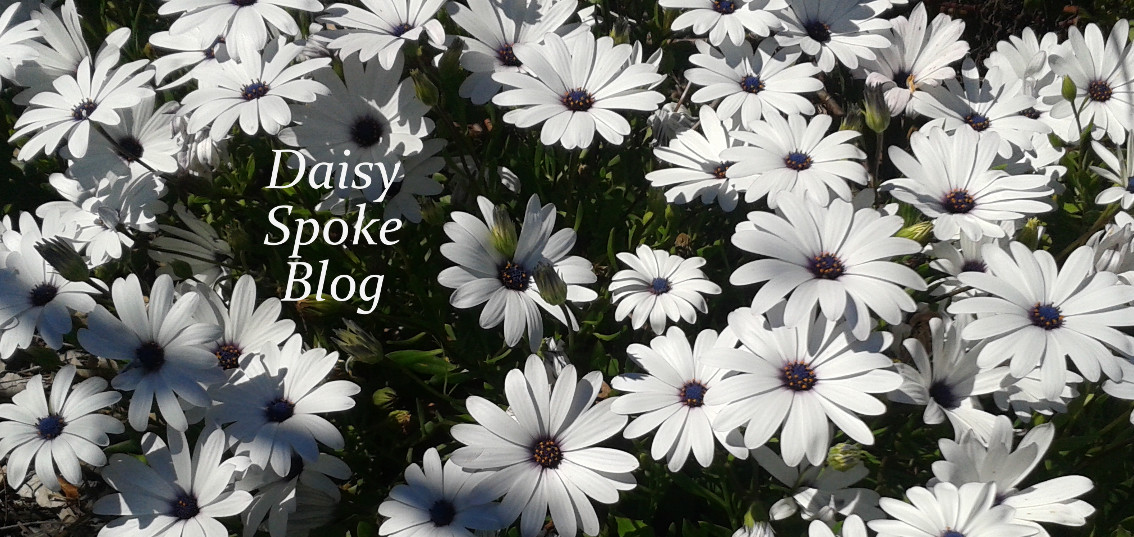
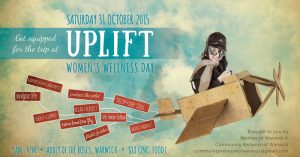

 see who can make it to the top first, puffing and laughing so hard that talking just isn’t going to happen!
see who can make it to the top first, puffing and laughing so hard that talking just isn’t going to happen!